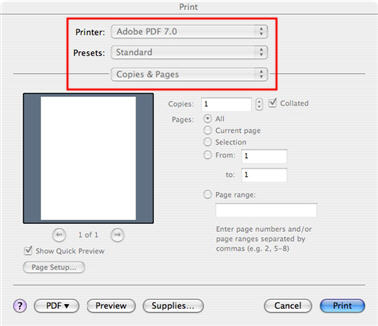

And in a sense it does because the more pixels you have to spread out, the higher the pixel density will be. So quantity equals quality?īecause of the aforementioned correlation between size and resolution, a lot of people think that megapixels equal quality. In summary, no resolution is not the same as size, but they are related. Imagine a rubber band, you can stretch it or shrink it but you’re not changing the composition of the band, you’re not adding or cutting any of the rubber. While the size of your print does change, you are not resizing your photo (image file), you are just reorganizing the existing pixels. If an image is 4500 x 3000 pixels it means that it will print at 15 x 10 inches if you set the resolution to 300 dpi, but it will be 62.5 x 41.6 inches at 72 dpi.

The final size of your image depends on the resolution that you choose. So, if you see 72 dpi it means that the image will have 72 pixels per inch if you see 300 dpi means 300 pixels per inch, and so on. Now, the resolution is expressed in dpi (or ppi), which is the acronym for dots (or pixels) per inch. The other kind of resolution is about how you distribute the total amount of pixels that you have, which is commonly referred as pixel density. Because this number is very unpractical to use, you can just divide it by a million to convert it into megapixels. For example, if you have a photo that has 4,500 pixels on the horizontal side, and 3,000 on the vertical size it gives you a total of 13,500,000. In order to calculate this resolution you just use the same formula you would use for the area of any rectangle multiply the length by the height. The first kind of resolution refers to the pixel count which is the number of pixels that form your photo. The amount of these pixels and the way they are distributed are the two factors that you need to consider to understand resolution.


 0 kommentar(er)
0 kommentar(er)
